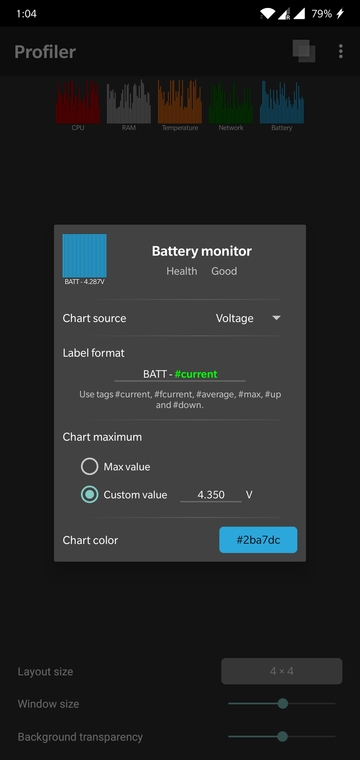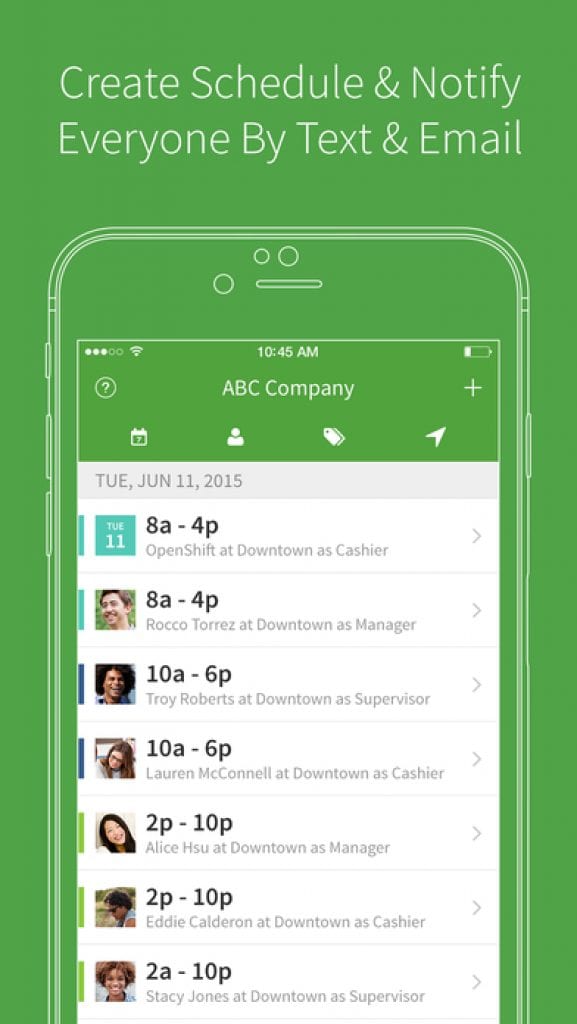

GC Reason What triggered the GC and what kind of collection it is.

Explicit GCs are always logged.ĪRT includes the following information in its garbage collection log messages: I/art: () AllocSpace Objects, () LOS objects, Įxample: I/art : Explicit concurrent mark sweep GC freed 104710(7MB) AllocSpace objects, 21(416KB) LOS objects, 33% free, 25MB/38MB, paused 1.230ms total 67.216ms If the app is not in a pause perceptible process state, then none of its GCs are deemed slow.

More precisely, if the GC pause exceeds than 5ms or the GC duration exceeds 100ms. GCs are only printed when they are they are deemed slow. Unlike Dalvik, ART doesn't log messages for GCs that were not explicitly requested. If this value continues to increase, you may have a memory leak. Concurrent pause times show two pauses: one at the beginning of the collection and another near the end.Īs these log messages accumulate, look out for increases in the heap stats (the 3571K/9991K value in the above example). Pause time Larger heaps will have larger pause times. External memory stats Externally allocated memory on API level 10 and lower (amount of allocated memory) / (limit at which collection will occur).
#ANDROID MEMORY MONITOR APP FREE#
Heap stats Percentage free of the heap and (number of live objects)/(total heap size). Amount freed The amount of memory reclaimed from this GC. A GC for externally allocated memory (such as the pixel data stored in native memory or NIO byte buffers). GC_EXTERNAL_ALLOC This happens only on API level 10 and lower (newer versions allocate everything in the Dalvik heap). GC_EXPLICIT An explicit GC, such as when you call gc() (which you should avoid calling and instead trust the GC to run when needed). GC_HPROF_DUMP_HEAP A GC that occurs when you request to create an HPROF file to analyze your heap. GC_FOR_MALLOC A GC caused because your app attempted to allocate memory when your heap was already full, so the system had to stop your app and reclaim memory. Reasons that may appear include: GC_CONCURRENT A concurrent GC that frees up memory as your heap begins to fill up. In Dalvik (but not ART), every GC prints the following information to logcat: D/dalvikvm:, ,, Įxample: D/dalvikvm( 9050): GC_CONCURRENT freed 2049K, 65% free 3571K/9991K, external 4703K/5261K, paused 2ms+2ms
#ANDROID MEMORY MONITOR APP ANDROID#
The logcat output is also available in the Device Monitor or directly in an IDE such as Android Studio. Sometimes when a GC occurs, a message is printed to logcat. The simplest place to begin investigating your app’s memory usage is the runtime log messages.

The only way to be certain your app is using as little memory as possible is to analyze your app’s memory usage with tools. In order to provide a stable user experience that allows the system to quickly switch between apps, it is important that your app does not needlessly consume memory when the user is not interacting with it.Įven if you follow all the best practices for Managing Your App Memory during development (which you should), you still might leak objects or introduce other memory bugs. Although Dalvik and ART perform routine garbage collection (GC), this doesn’t mean you can ignore when and where your app allocates and releases memory. Because Android is designed for mobile devices, you should always be careful about how much random-access memory (RAM) your app uses.


 0 kommentar(er)
0 kommentar(er)
